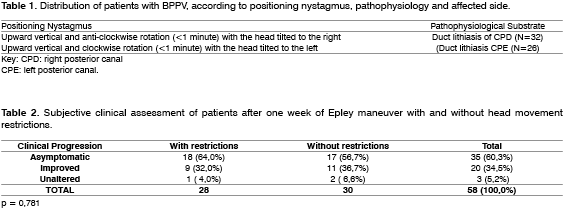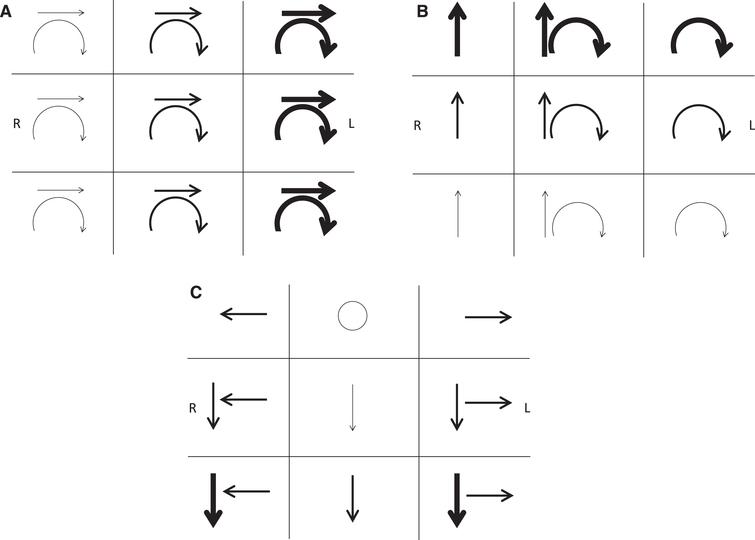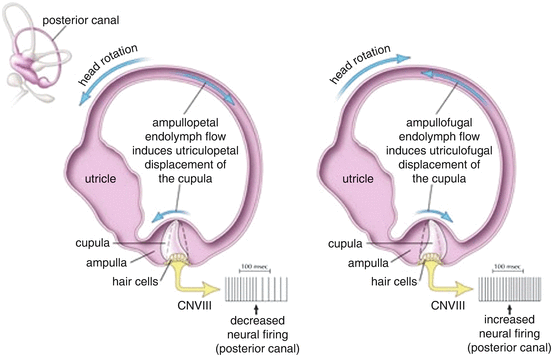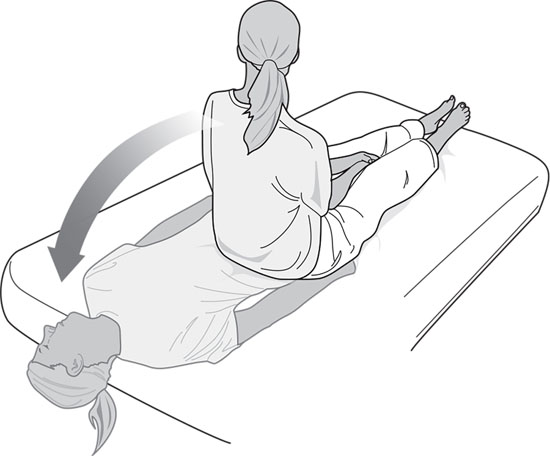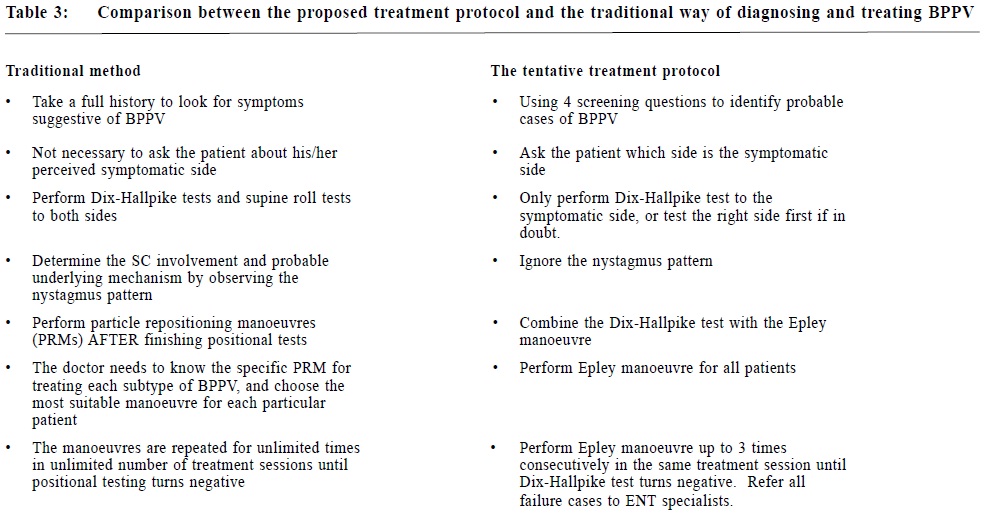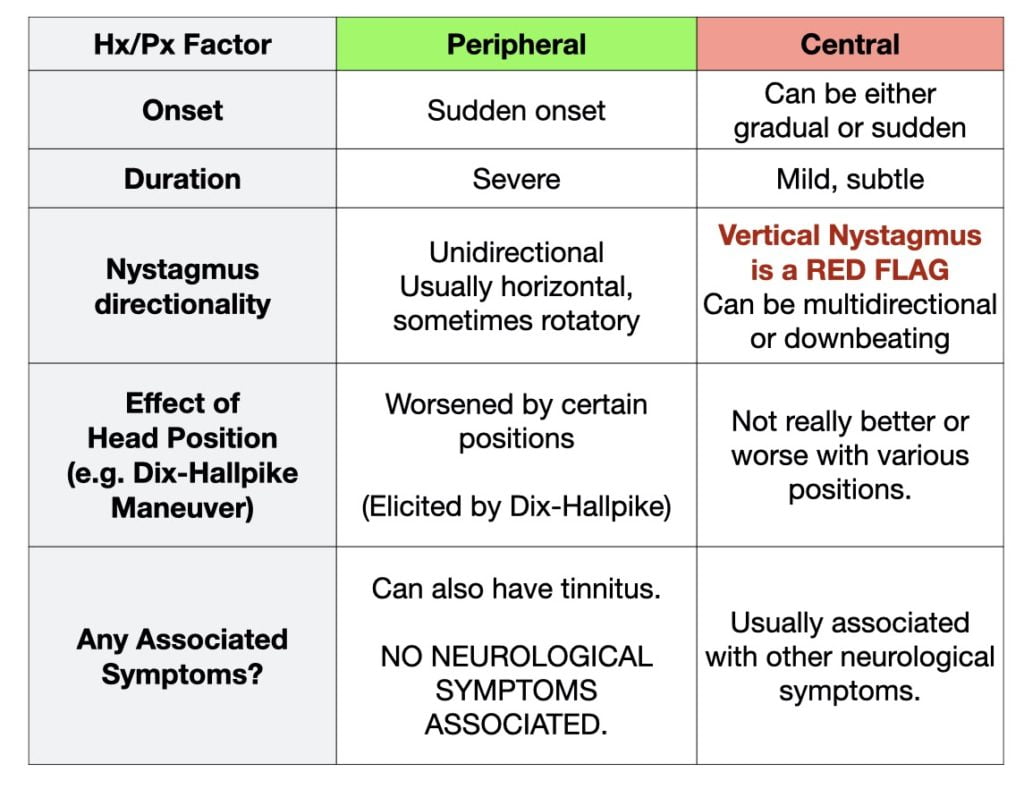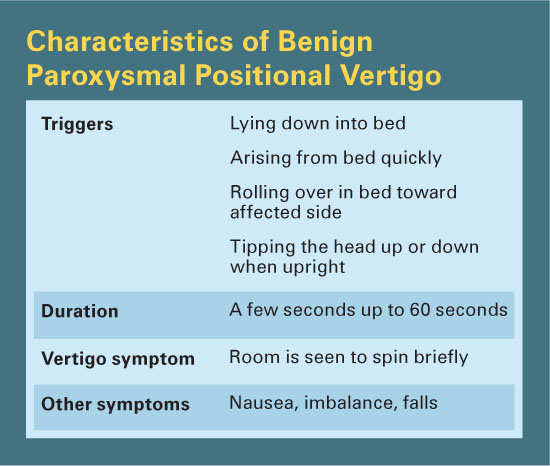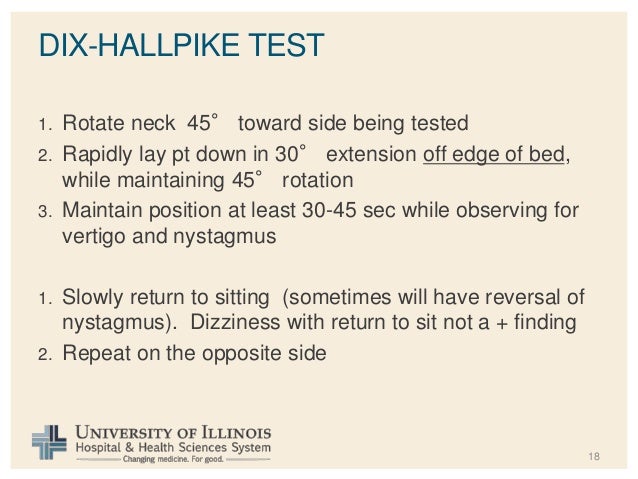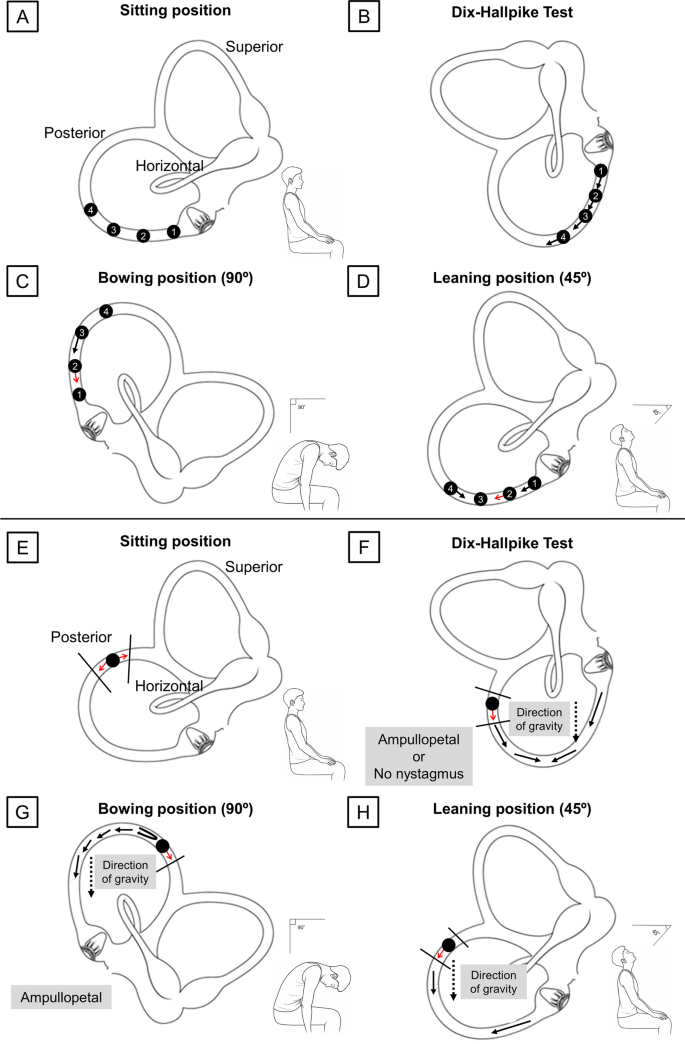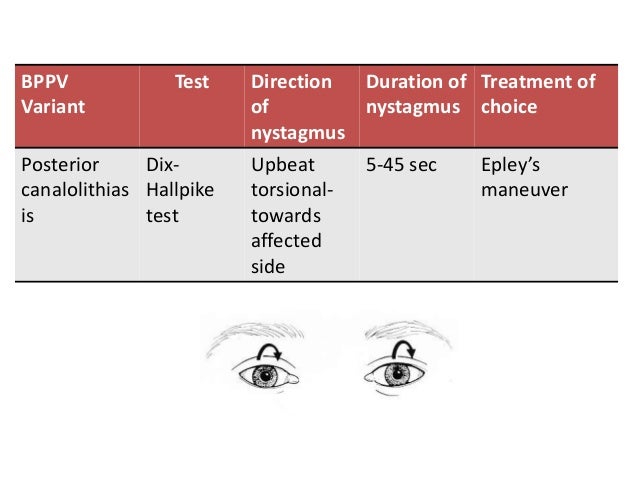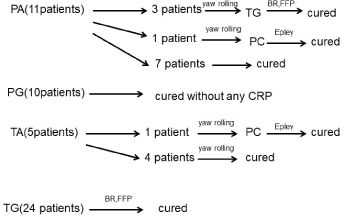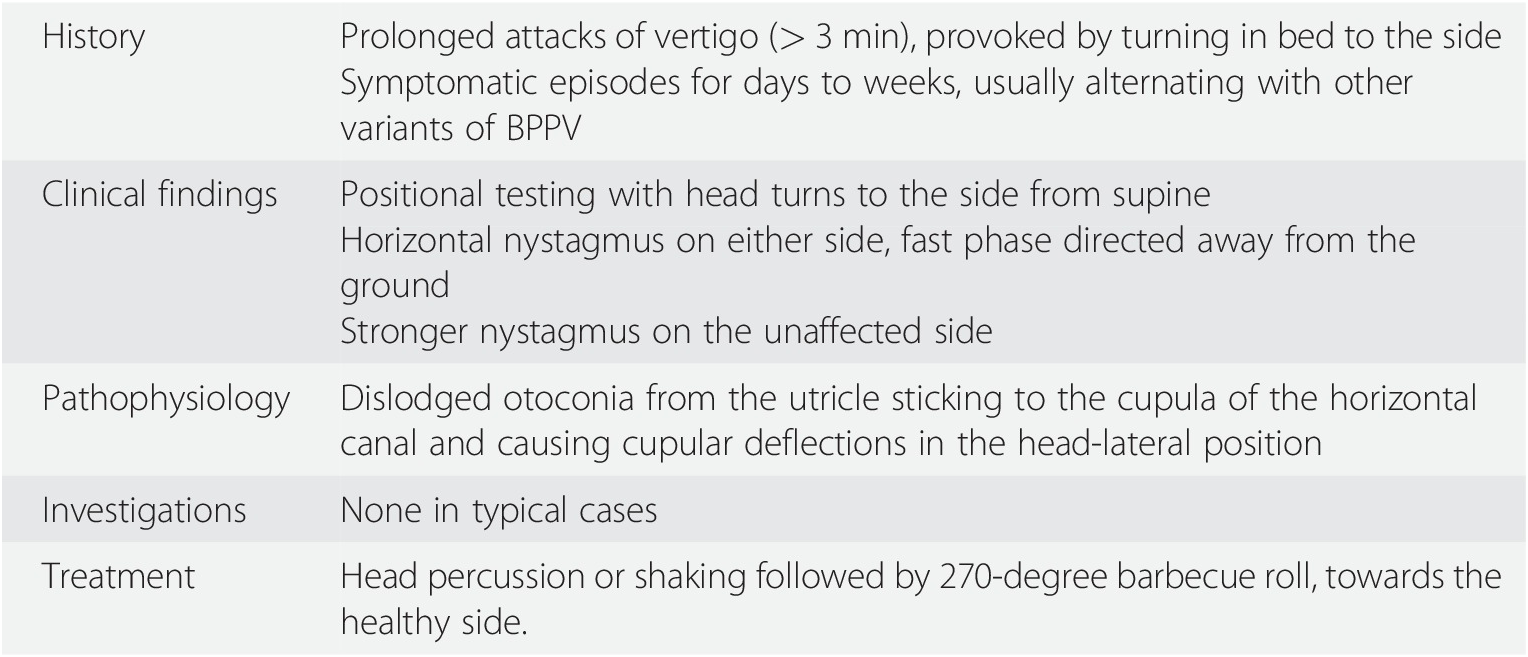Epley Maneuver Which Side Nystagmus
Turn your head 45 degrees to the right.
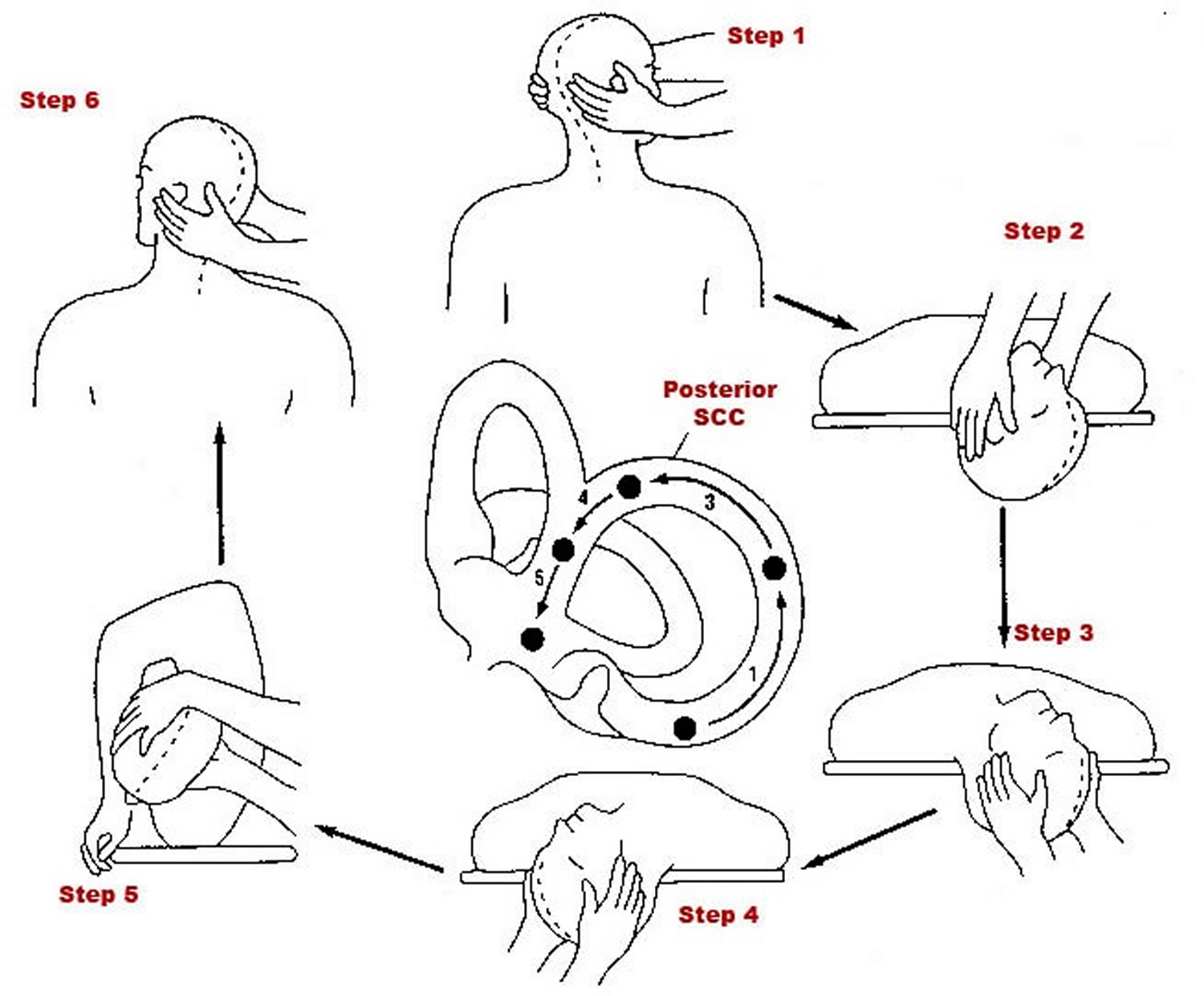
Epley maneuver which side nystagmus. Evidenced by an upbeat torsional nystagmus torsion toward the affected side that is less than one minute in duration recommended treatment is the epley maneuver of the affected side alternative treatments might include the semont liberatory maneuver or brandt daroff exercises. The epley maneuver utilizes gravity to displace the otoconial debris from the posterior semicircular canal back into the vestibule as the patient is moved successively through a series of head positions table 12 whereas the semont liberatory maneuver utilizes both inertial and gravitational forces as the patient is briskly moved down on the involved side side lying position and then brought to the opposite side lying position on the uninvolved side through a rapid 180 degree arc. Quickly lie back keeping your head turned. How to do the epley maneuver for right side bppv.
Follow these steps if the problem is with your right ear. If bppv crystals are free floating in the horizontal or anterior canal then the epley maneuver will not likely resolve the complaint. The patient is placed in the upright position with eyes open and head turned 45 degrees toward the affected ear right side. Turn your head 90 degrees to the.
The patient is then laid back quickly to a position with the head extended below the shoulders the head hanging 20 degrees off the end of the examination table. The side with the less intense nystagmus is the affected side sit to supine maneuver take the patient rapidly from seated to straight supine then nystagmus is away from the affected side in geotropic and toward the affected side in apogeotropic bow and lean test see appendix2 sometimes you will not know. The epley maneuver is designed for the posterior canal. Start by sitting on a bed.
When performing the epley manoeuvre each position should be maintained until full resolution of symptoms and nystagmus has been achieved for at least 30 seconds. Your shoulders should now be on the pillow and your head should be reclined. This maneuver was developed by dr. It works by allowing free floating particles from the affected semicircular canal to be relocated using gravity back into the utricle where they can no longer stimulate the cupula therefore relieving the patient of bothersome vertigo.
Those other inner ear canals require different treatments that have been developed after the epley maneuver was first published.

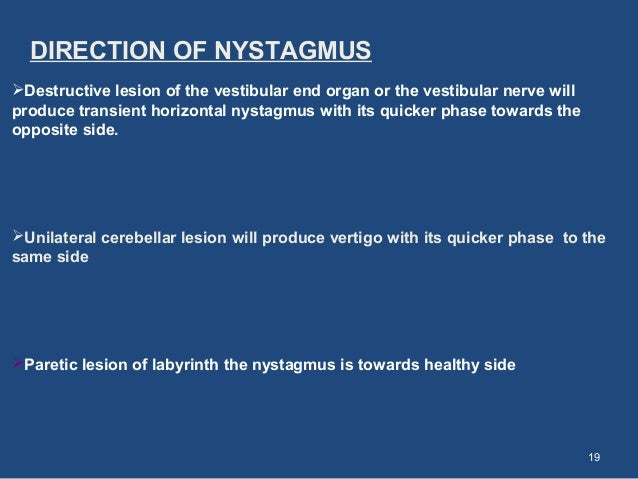





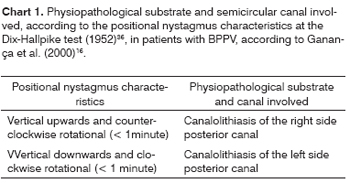








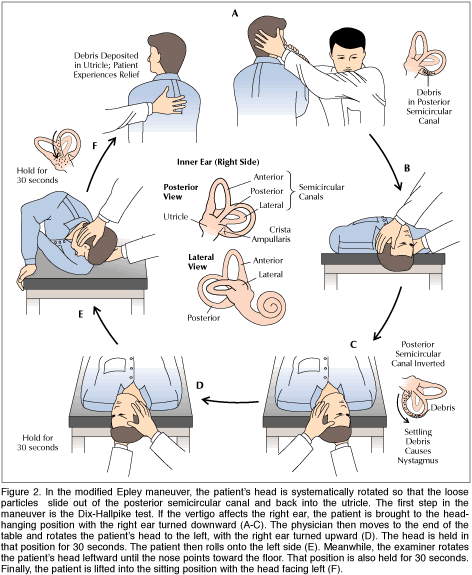


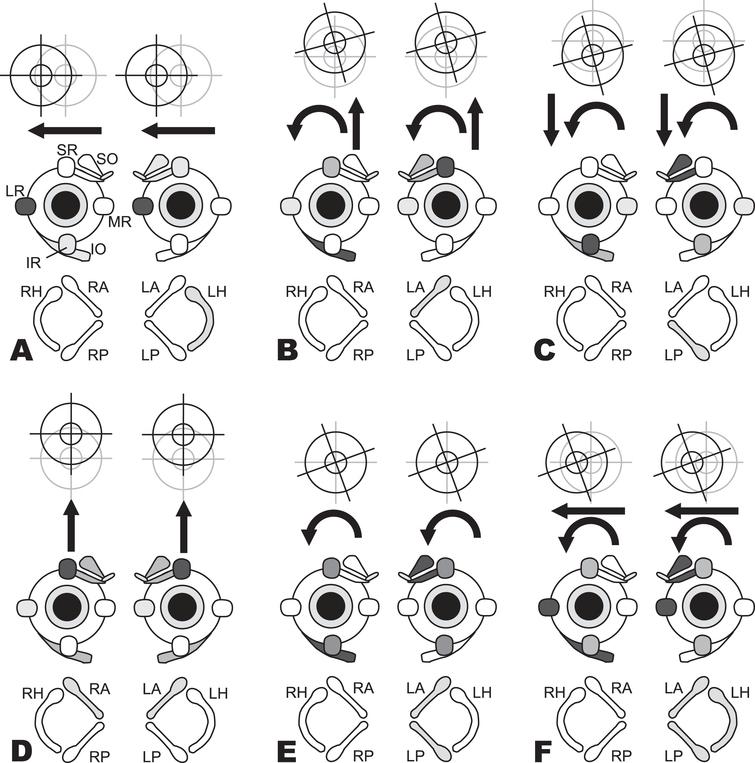

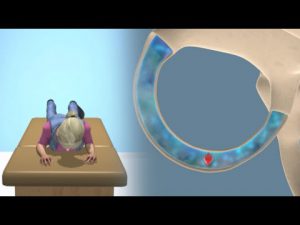
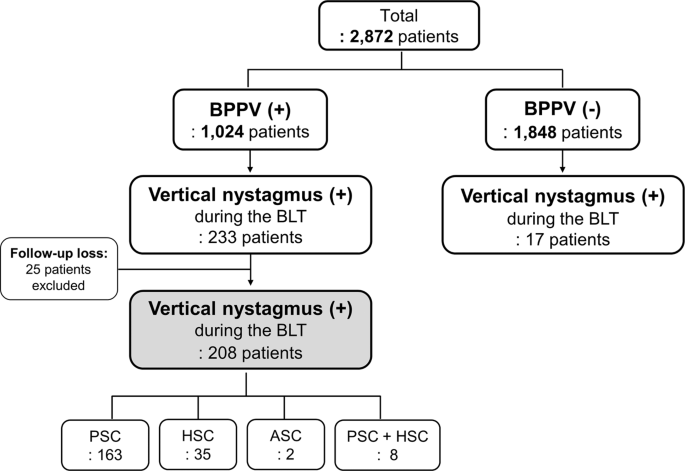










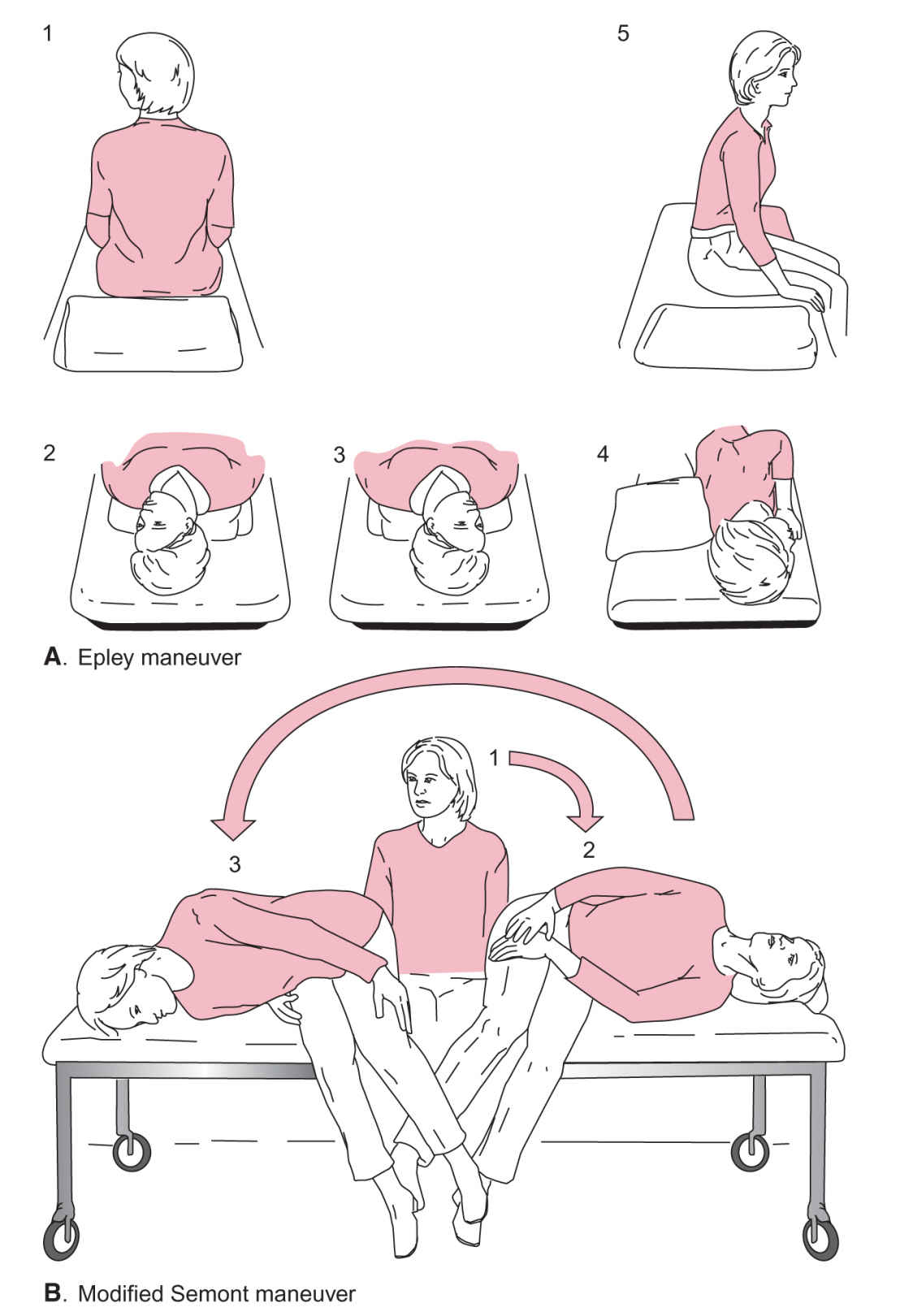



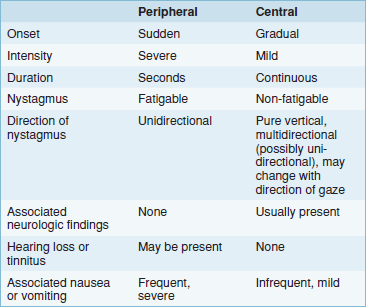


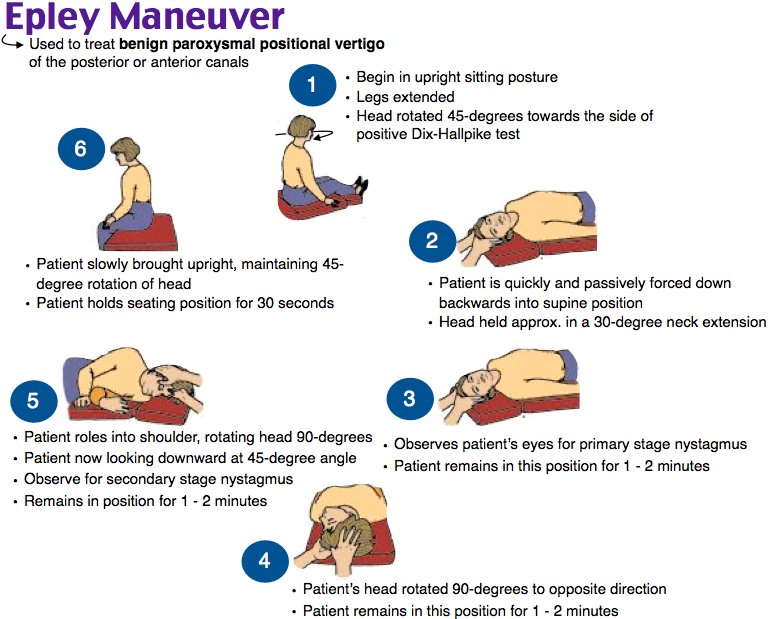
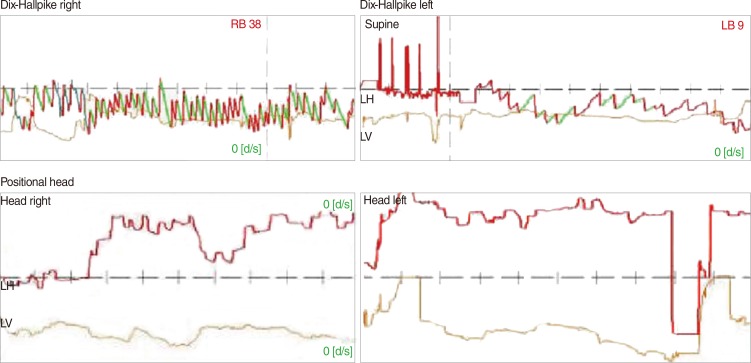


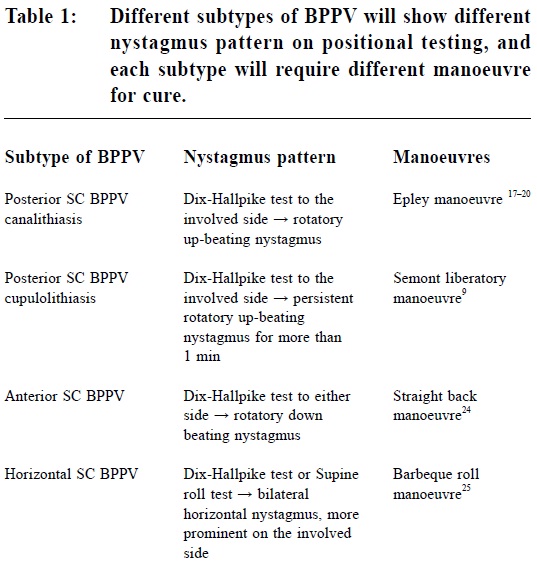
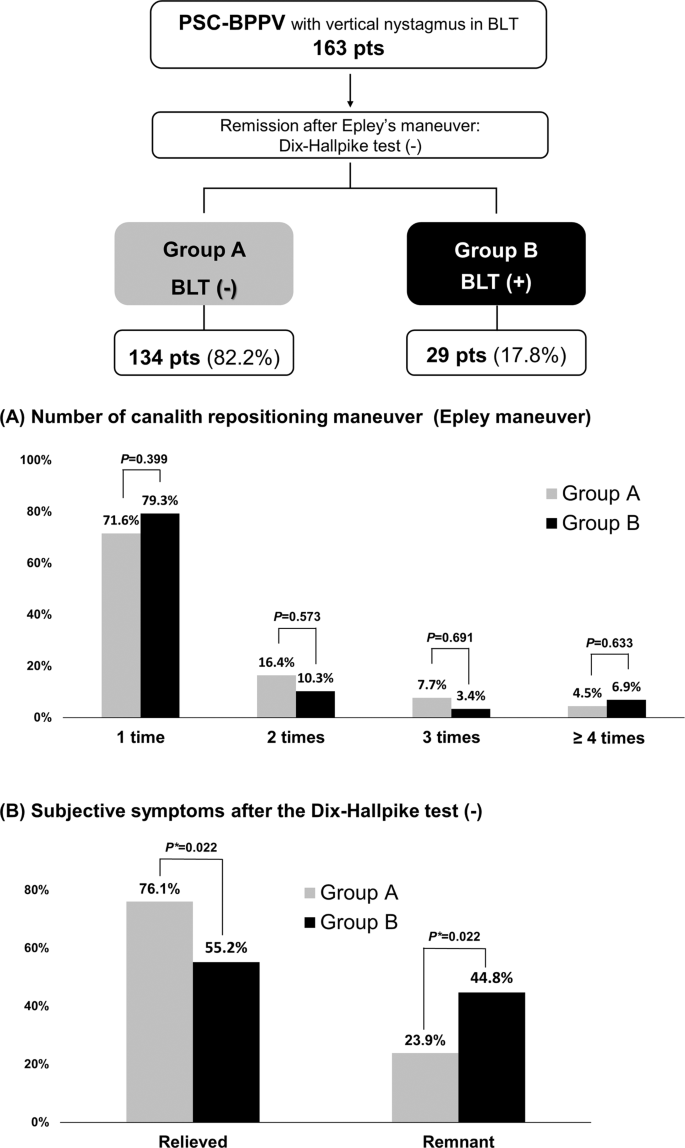
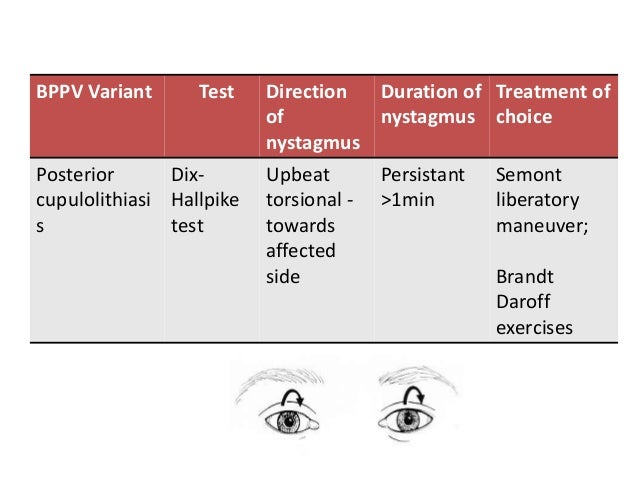







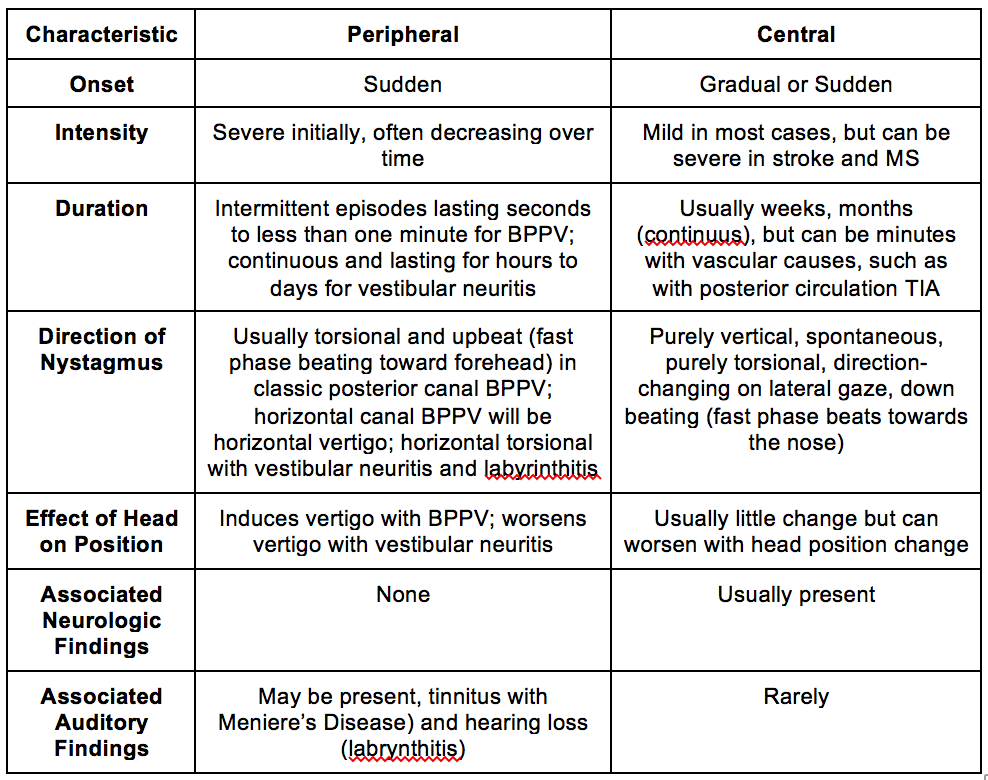
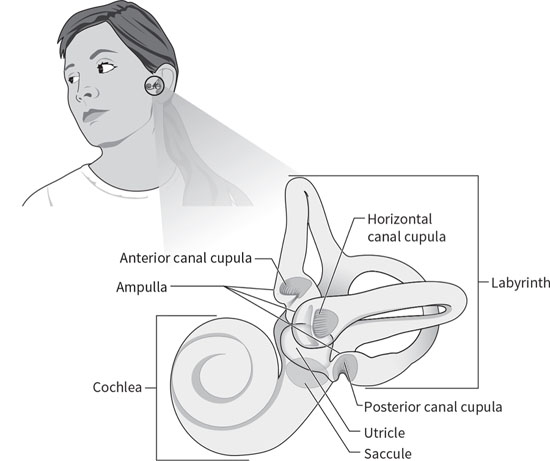
.jpg)



